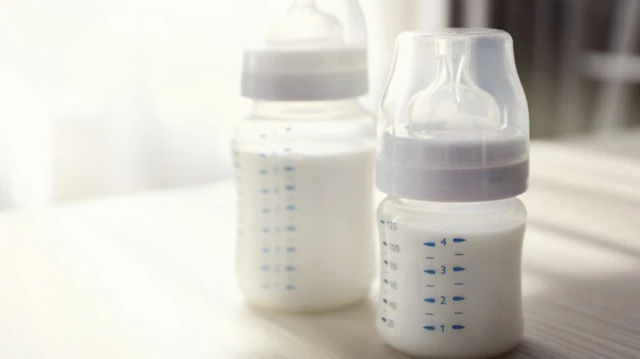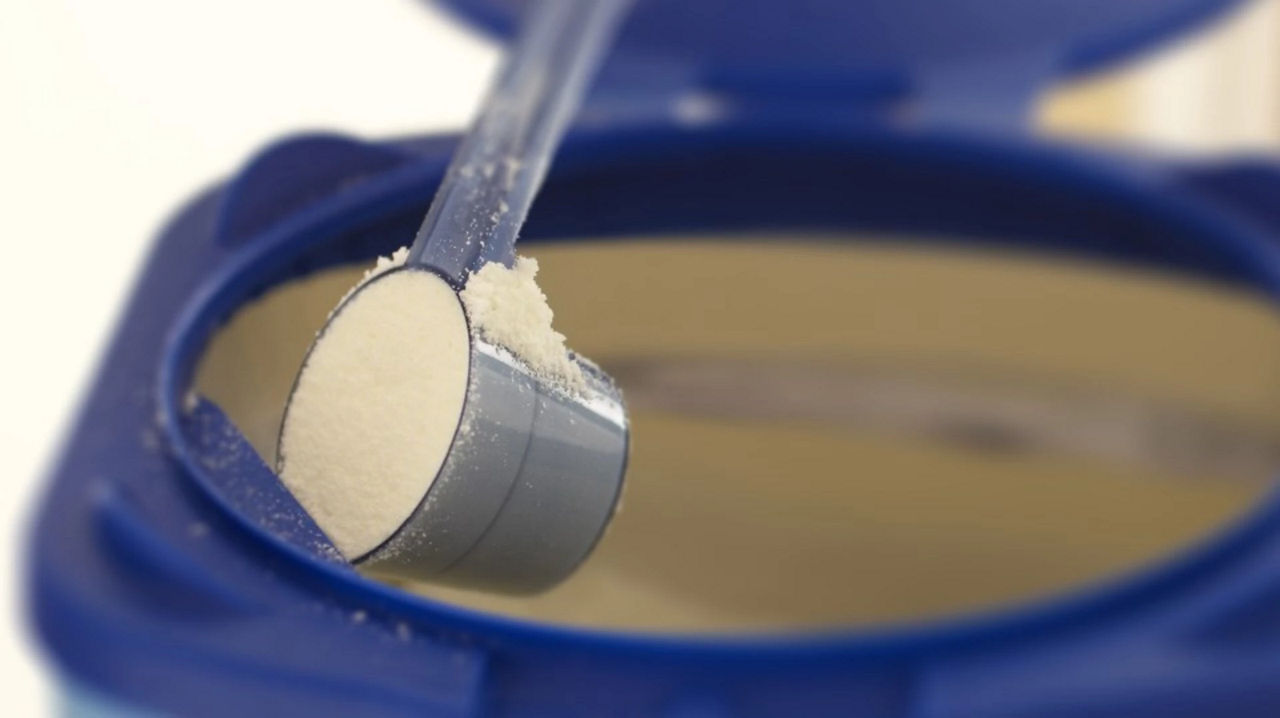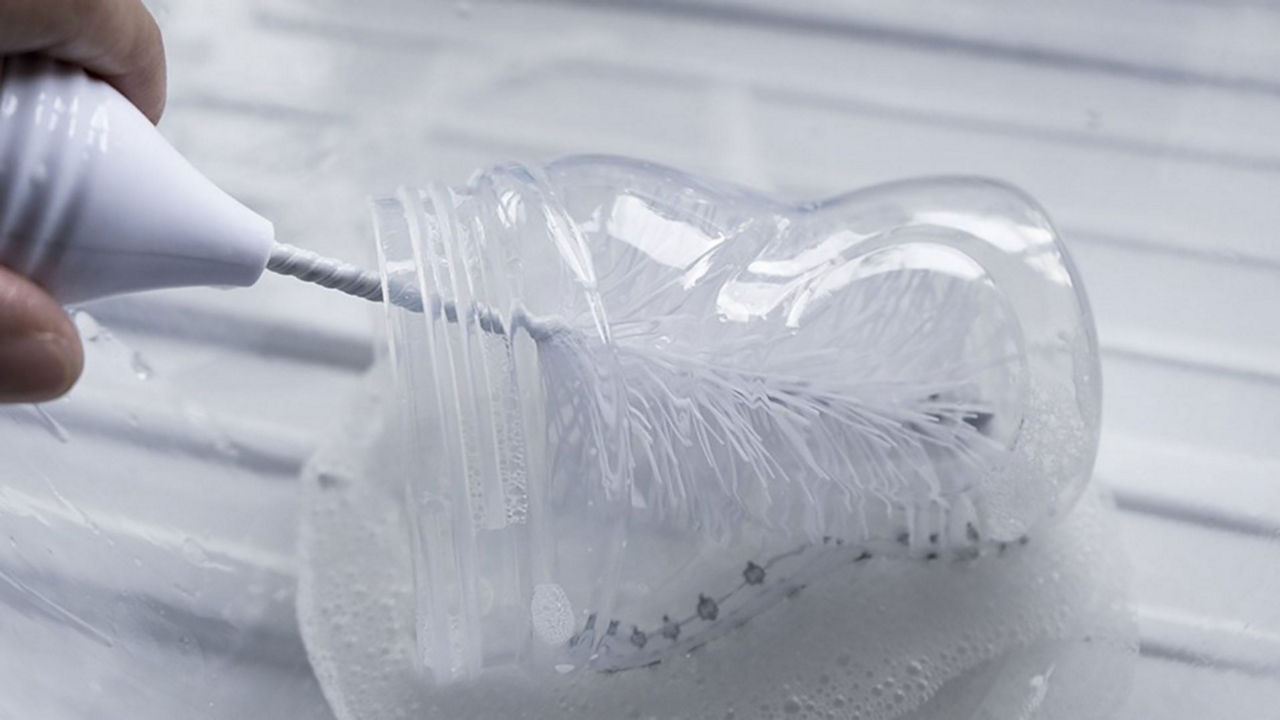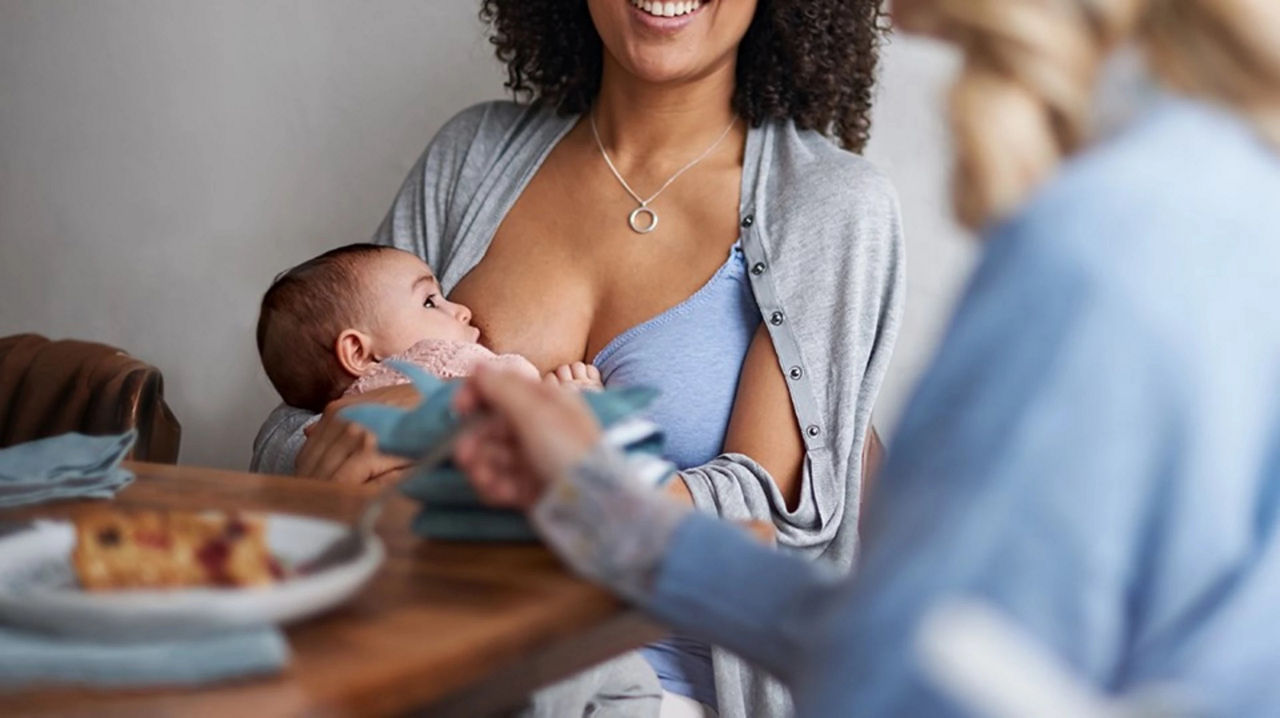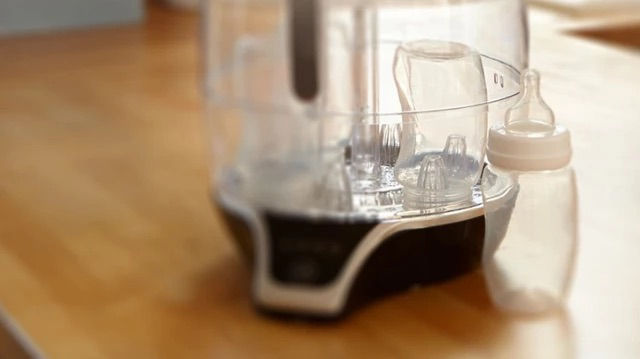From breastfeeding and combination feeding to bottle feeding with formula milk, you’ve probably given a lot of thought to how you’re going to feed your baby during your pregnancy.
There are various and well-documented benefits of breastfeeding, and if this is the right thing for you, your midwife or other hospital health professional should be able to provide you with the breastfeeding support you need, both before and after your baby is born. You can also find some handy hints on how to breastfeed here.
Here we’ll be exploring what to expect when bottle feeding in hospital after birth, whether with expressed breast milk or infant formula, so that you can be prepared for every possible situation.
